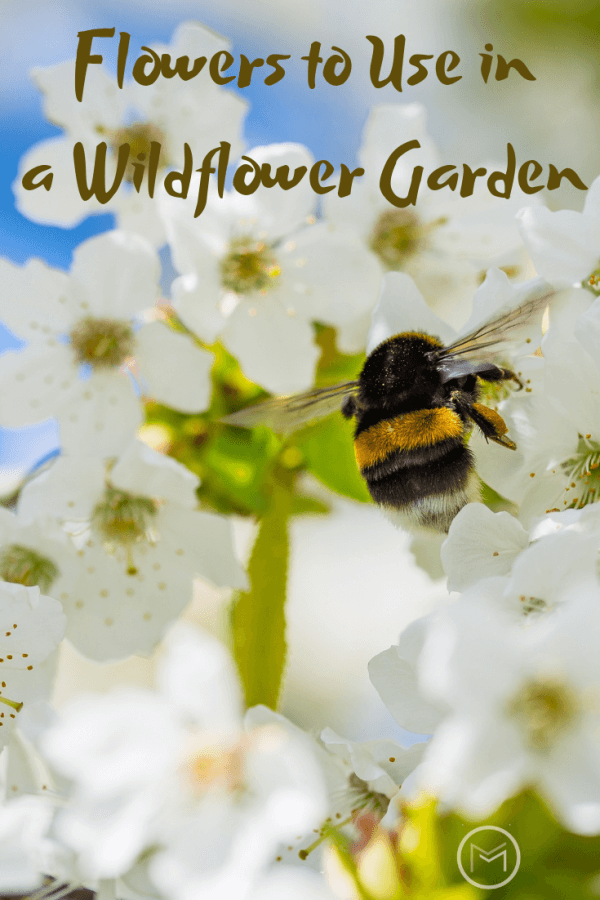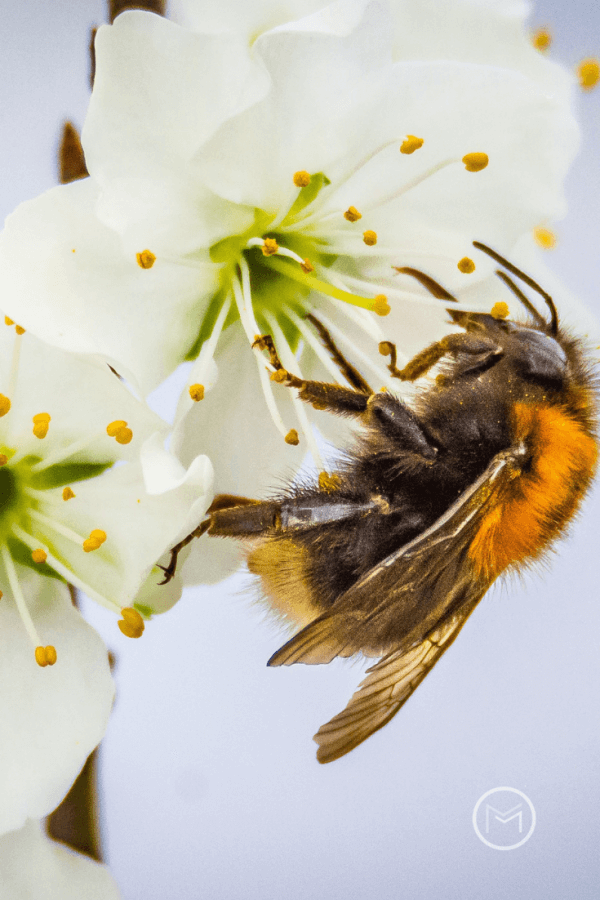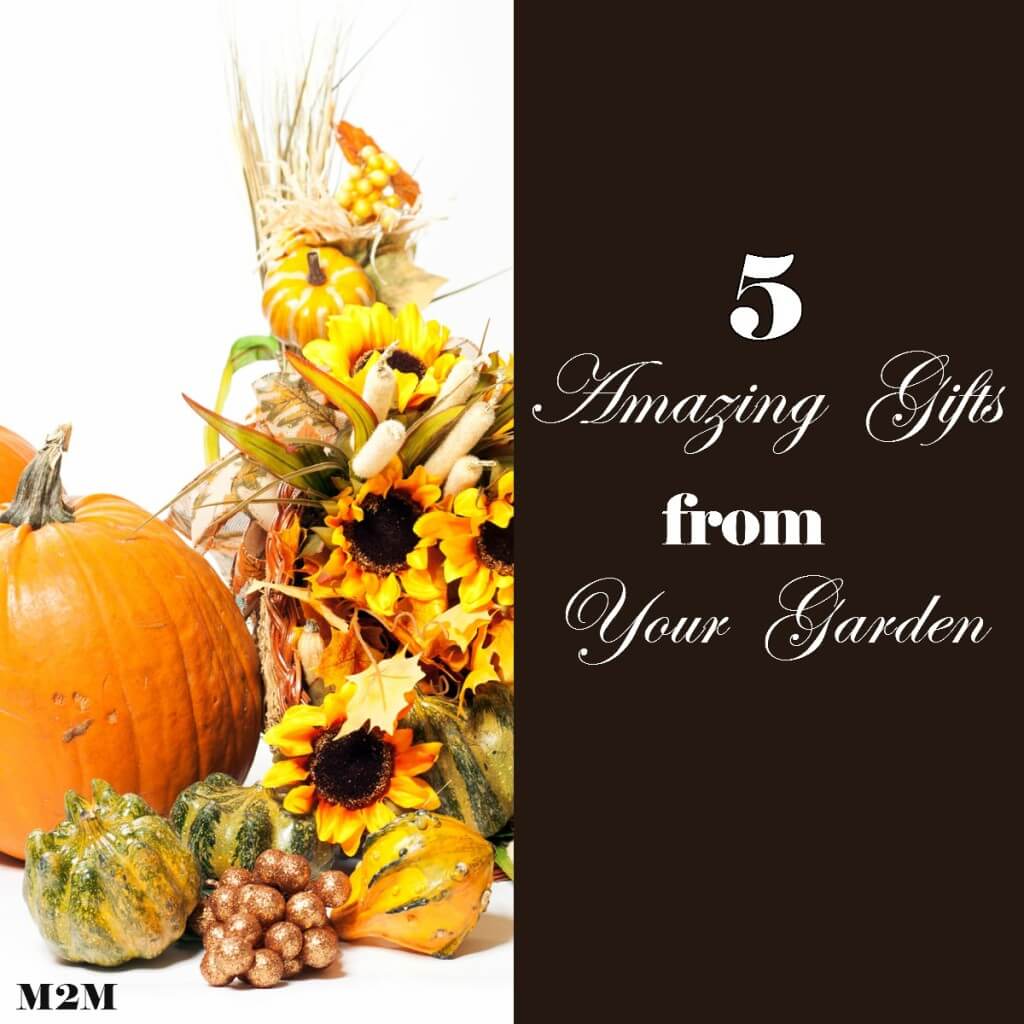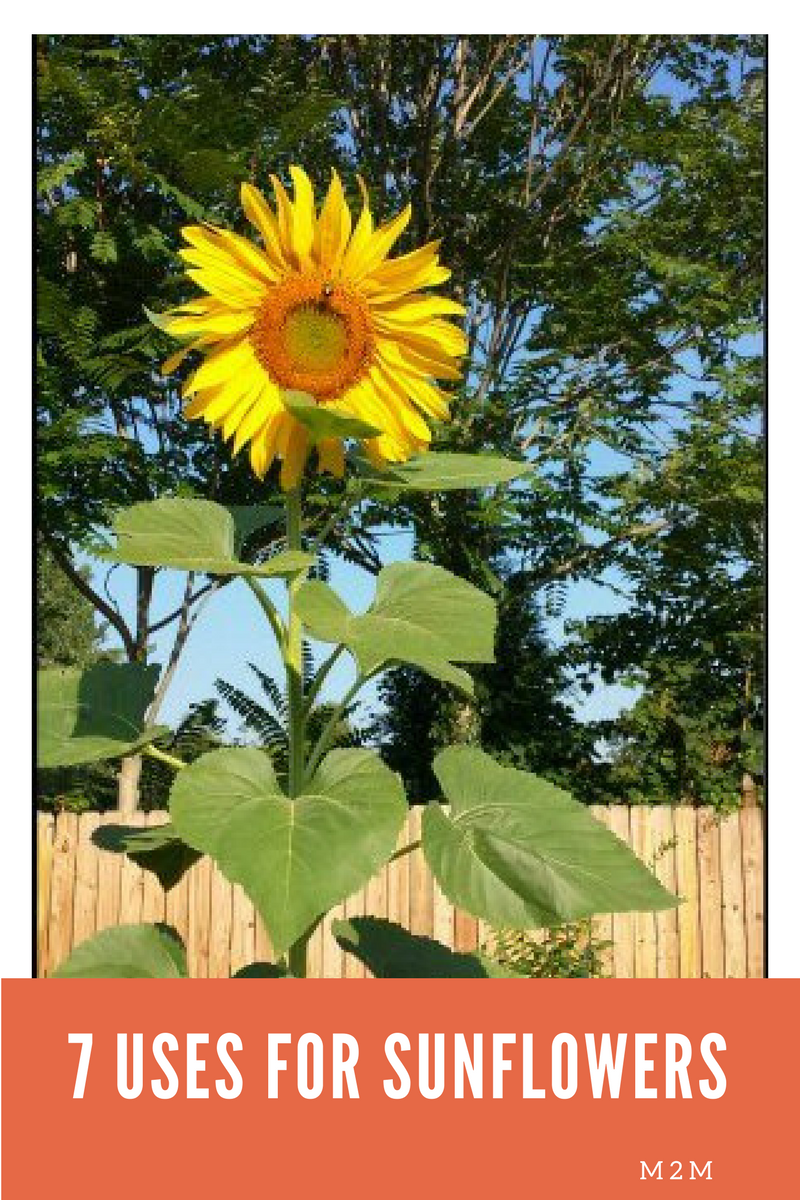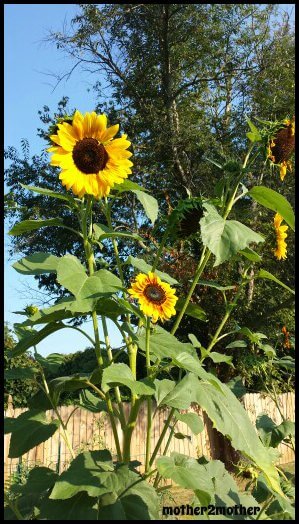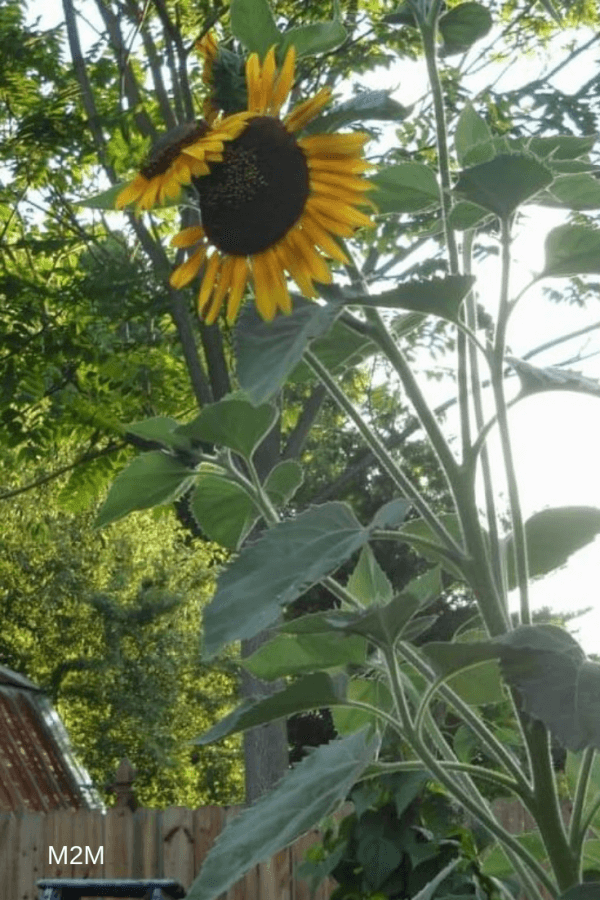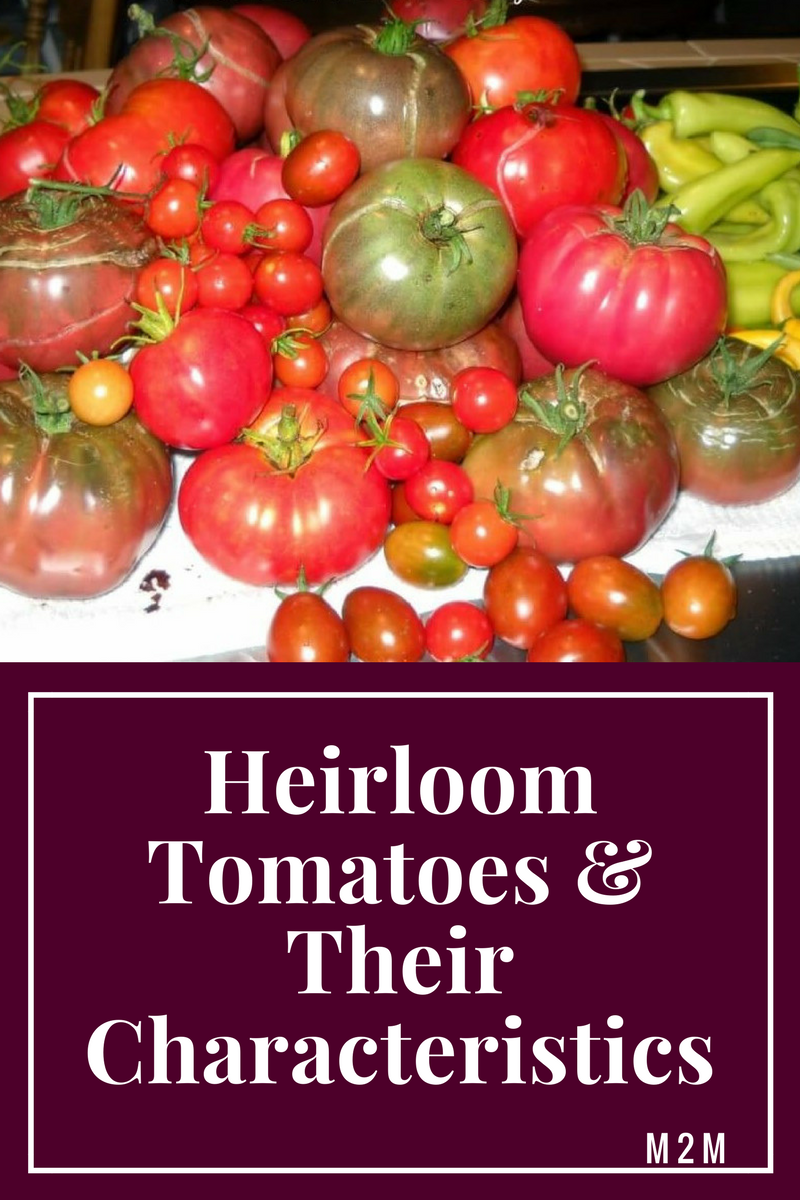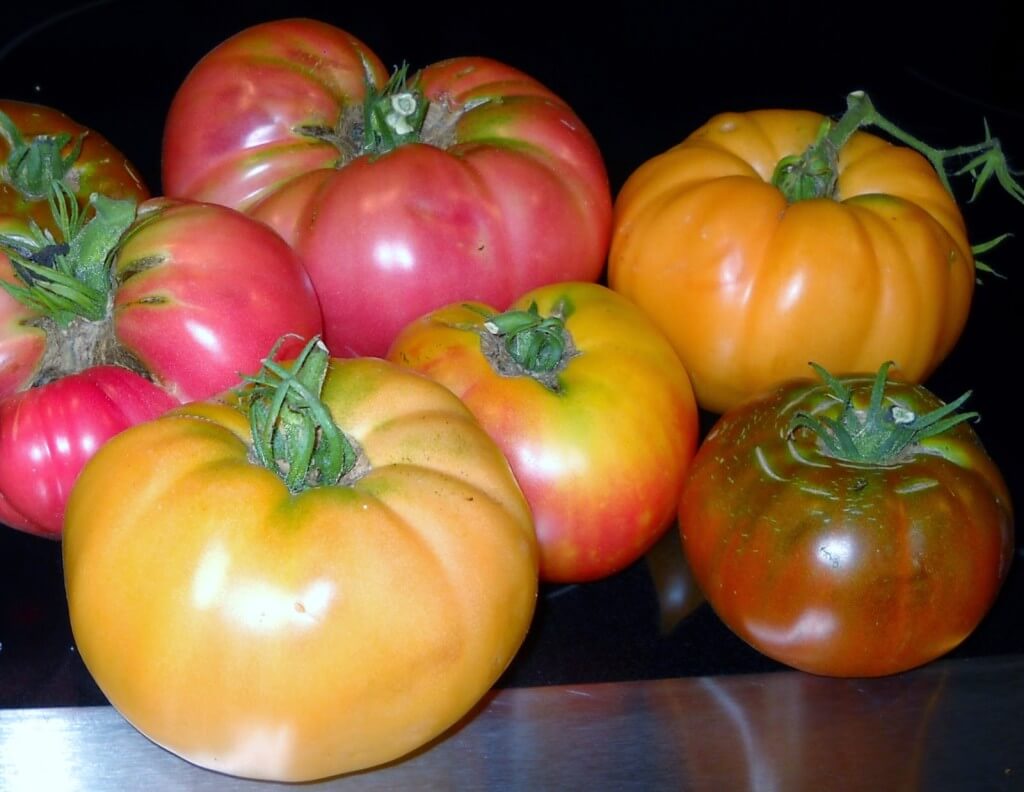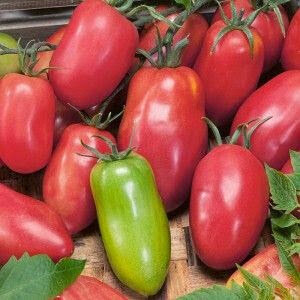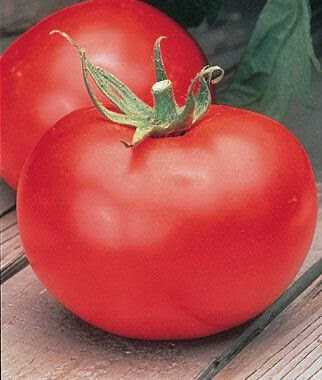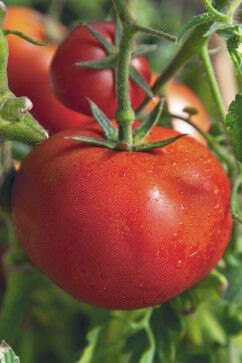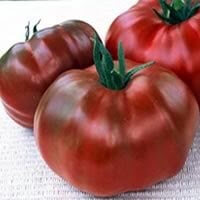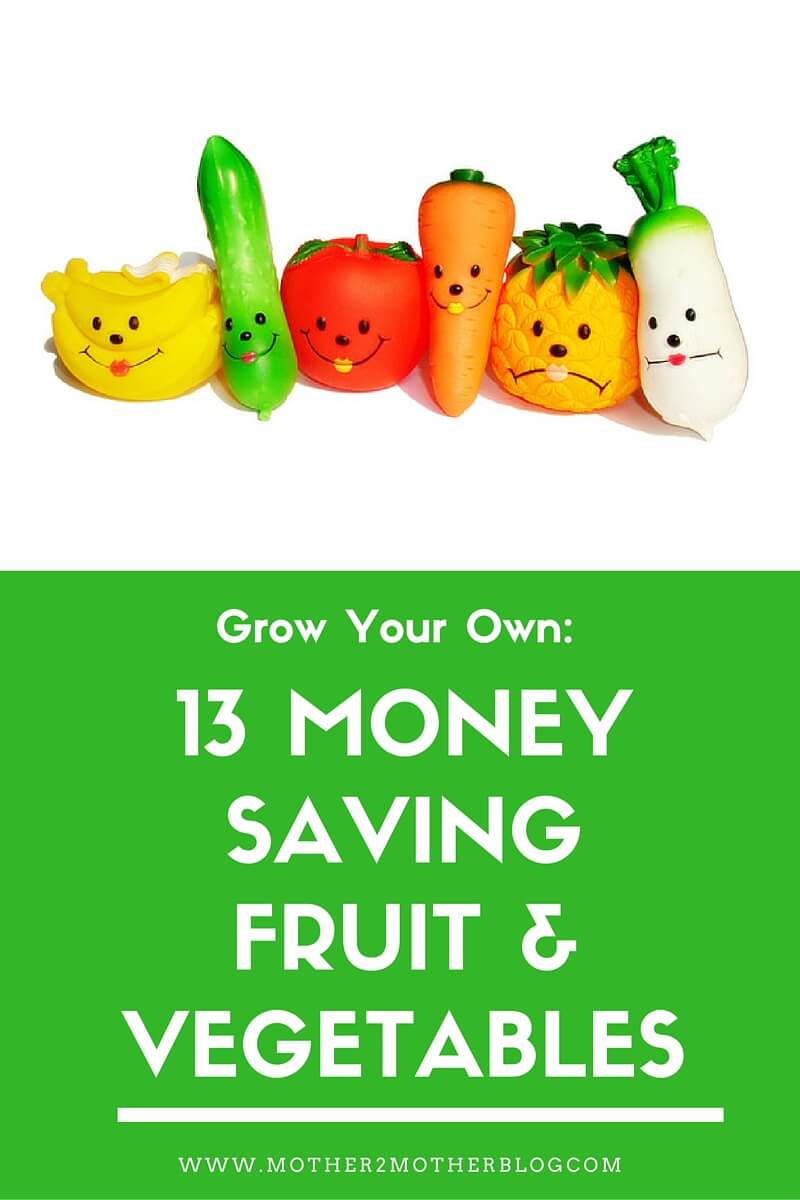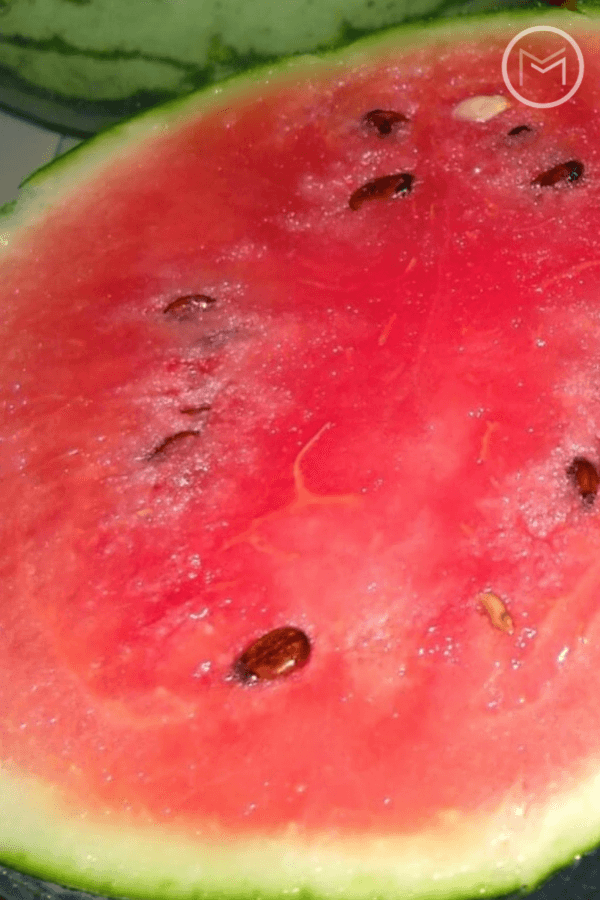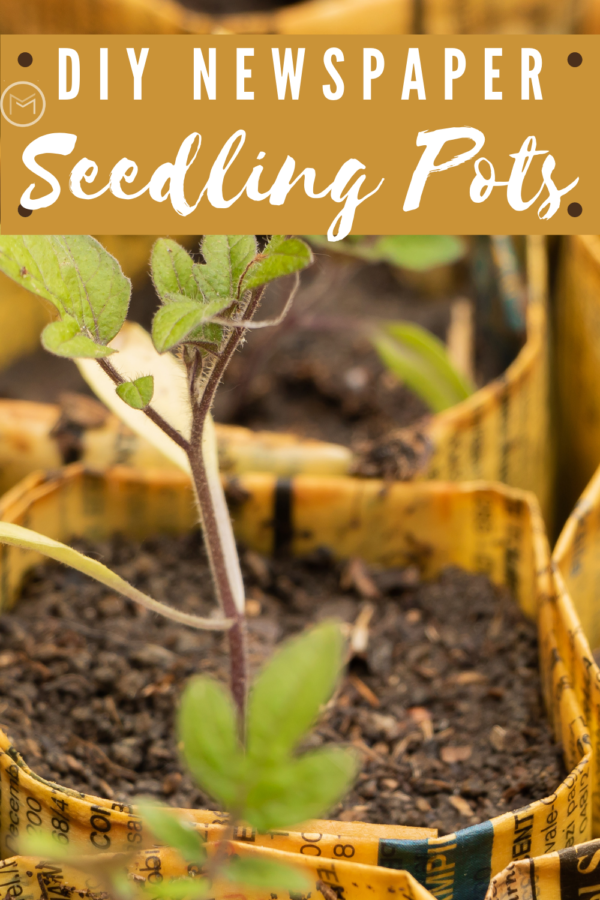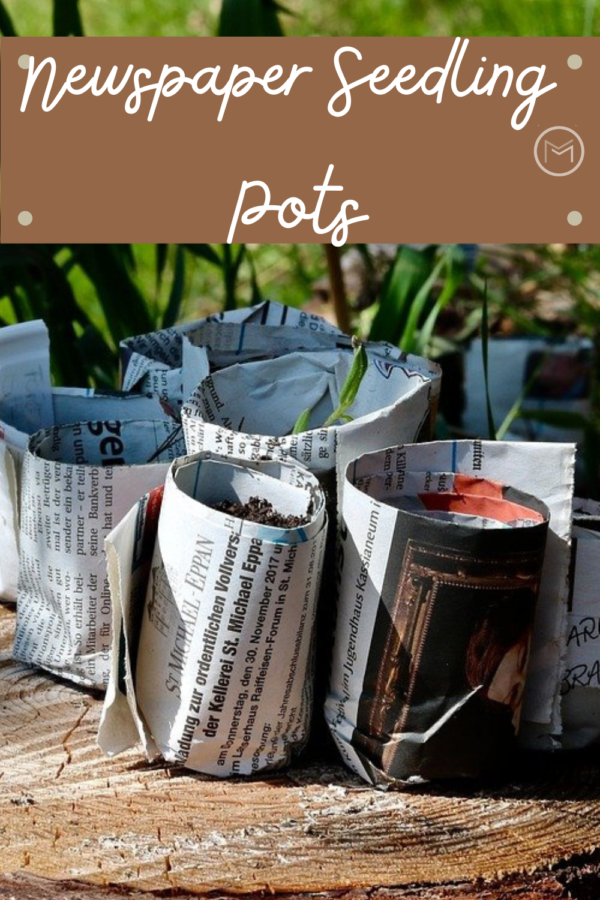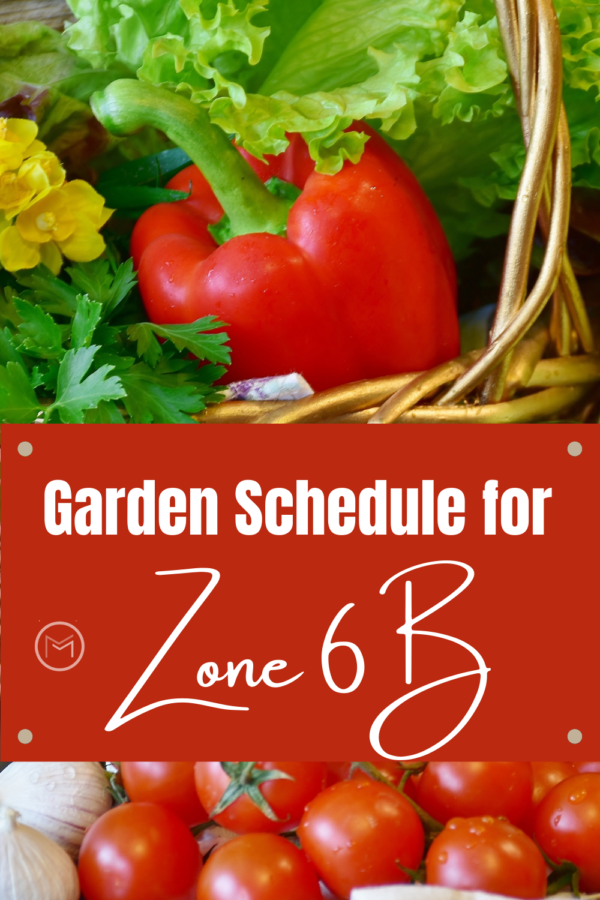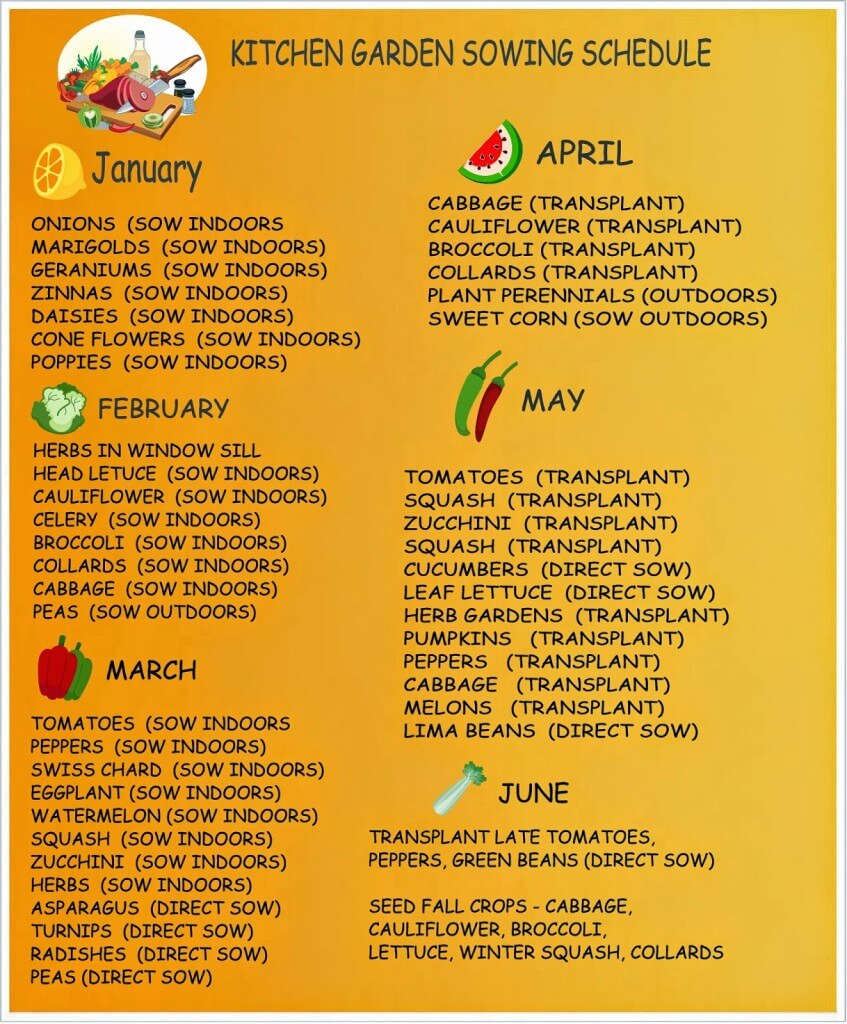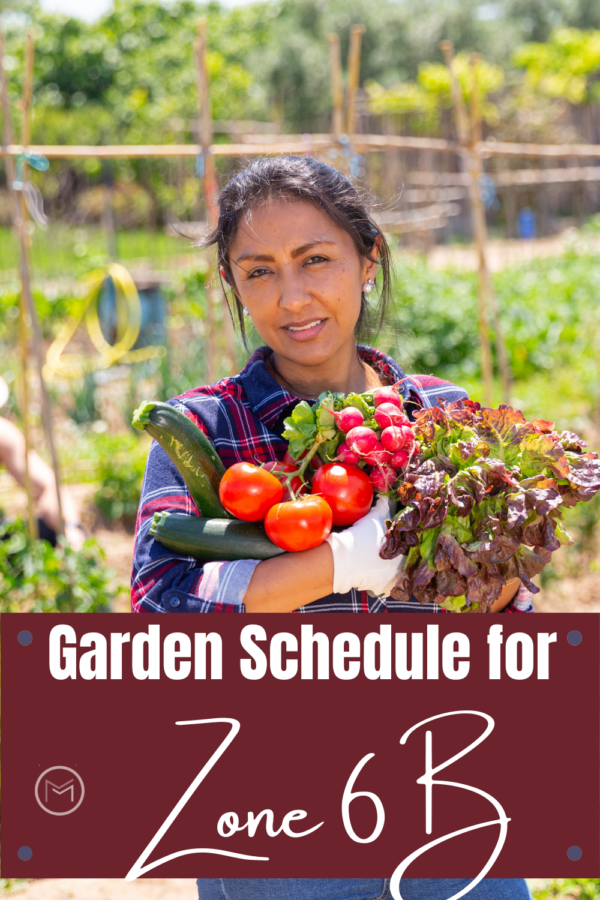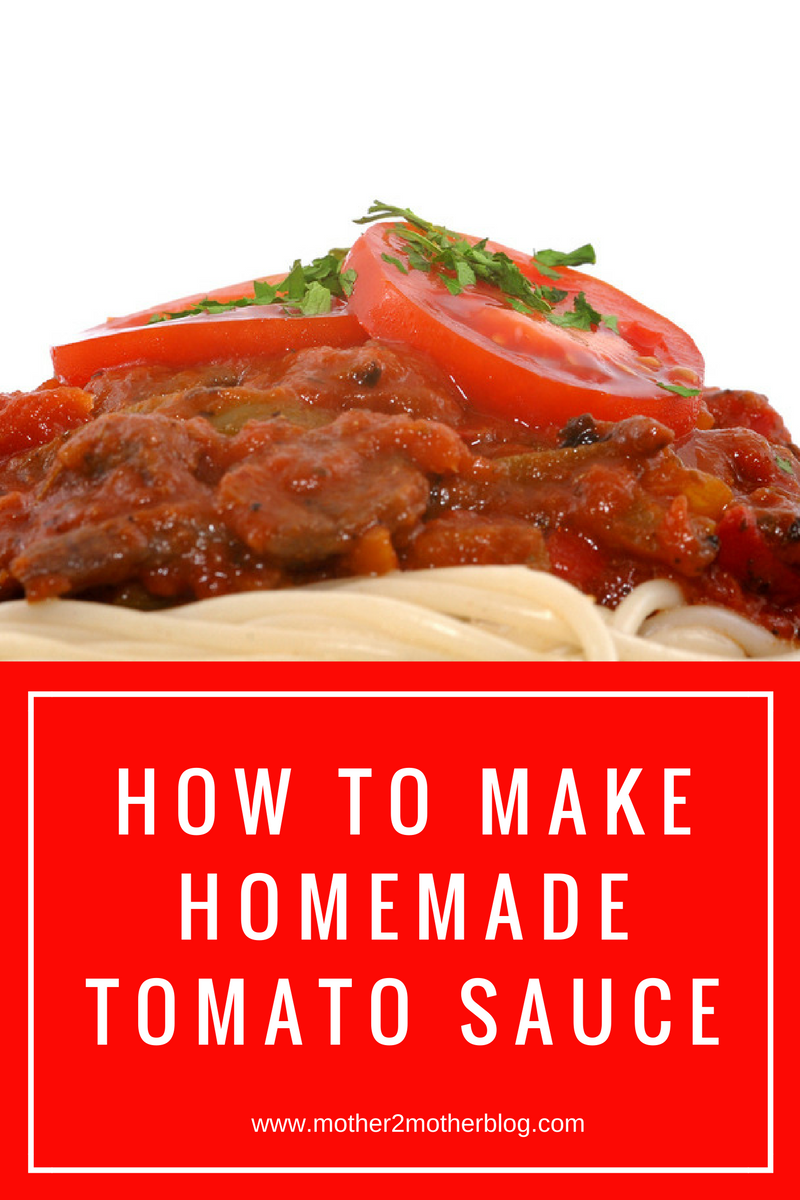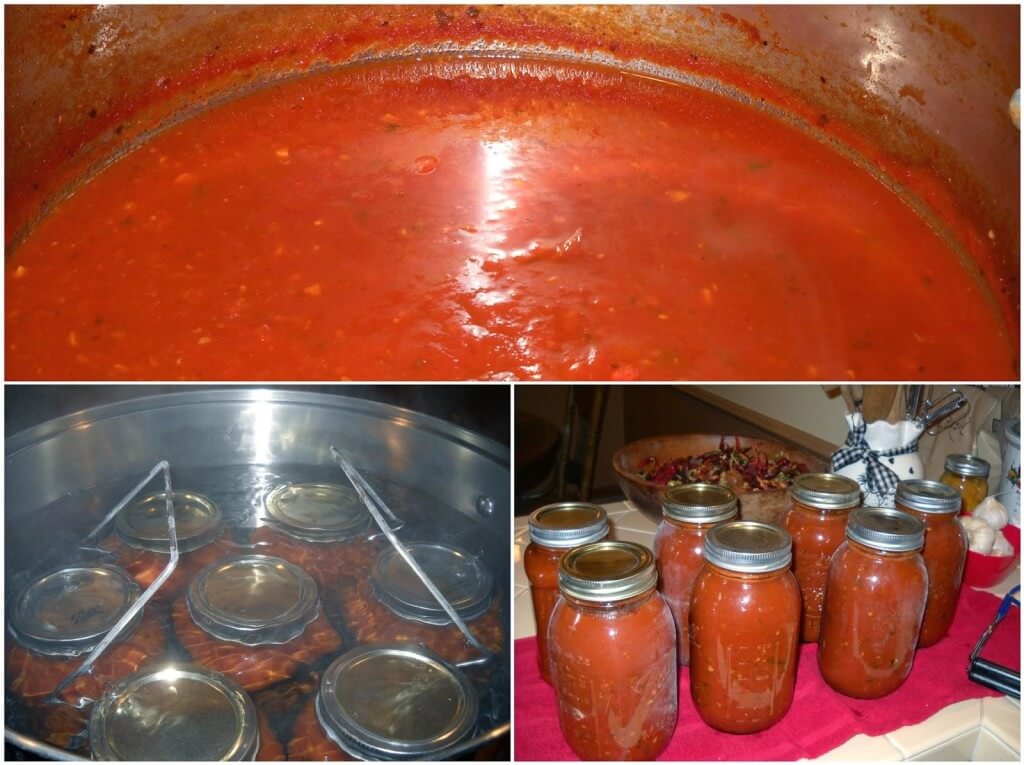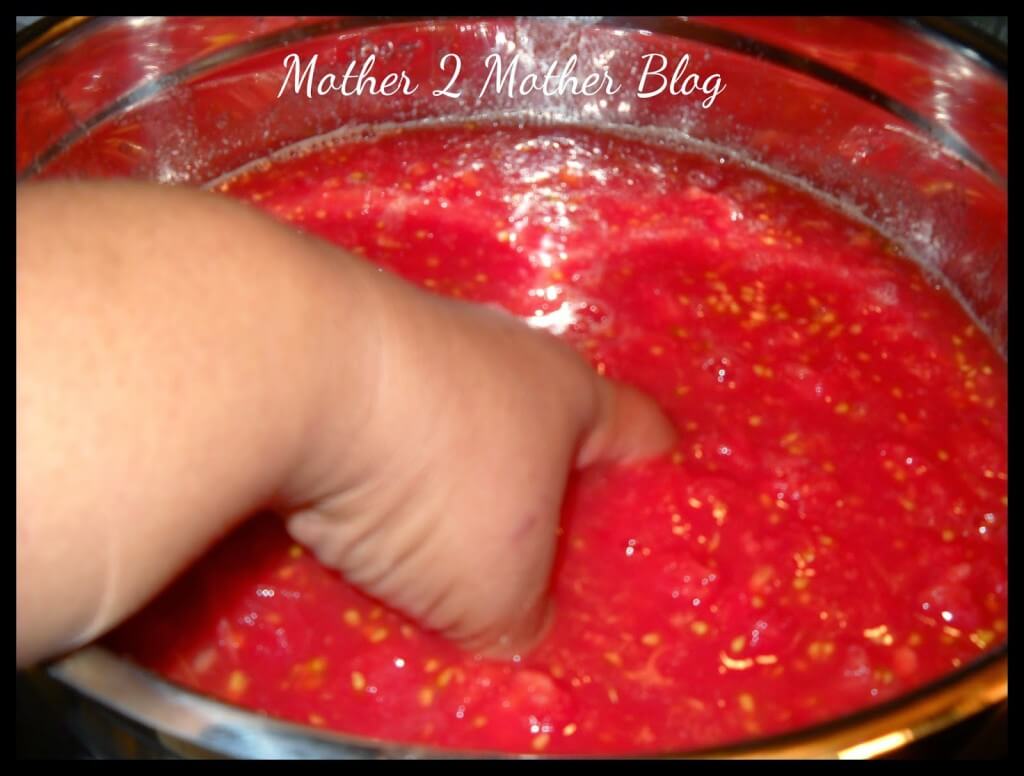Backyard Vegetable Gardens can provide healthy rewards for you and your family. Have you thought about growing vegetables in your outdoor garden this summer? In this post you will find a list of the best vegetables for outdoor gardens. Not only will you find tips on the best vegetables to grow in your garden, we also offer advice on important garden maintenance tasks.
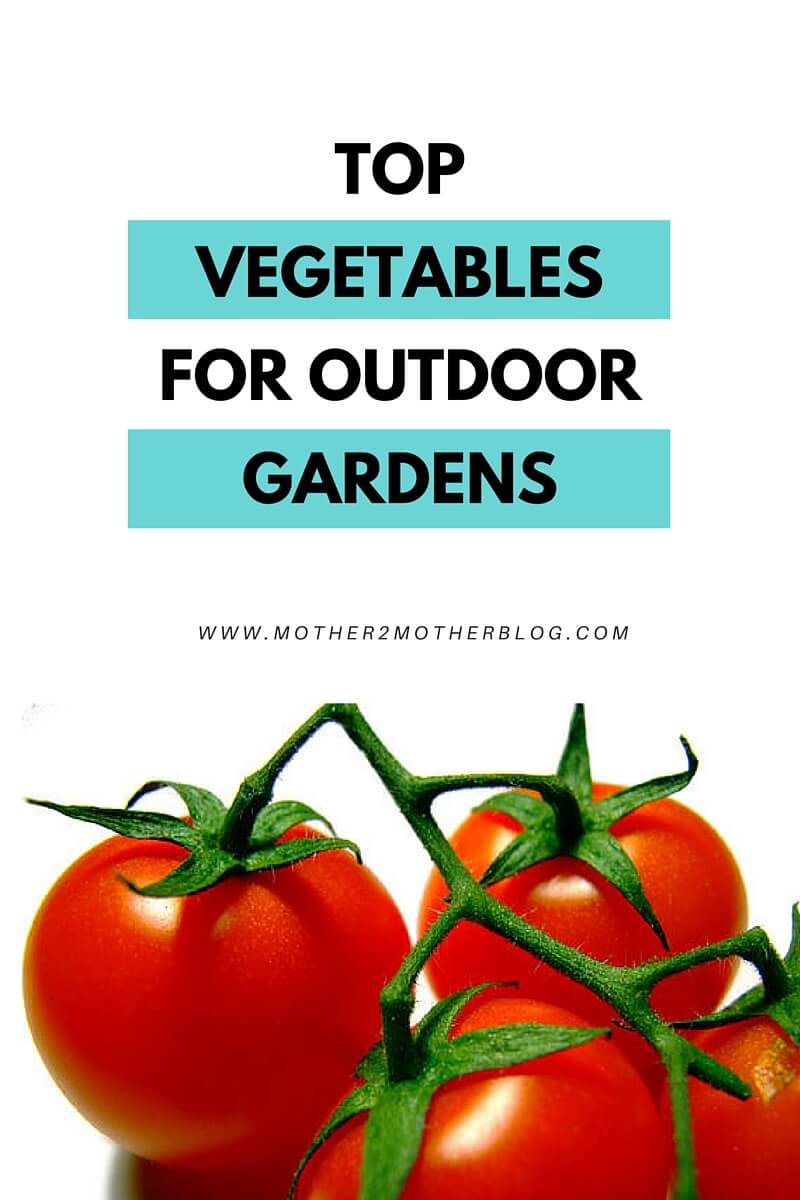
1) First, beans, broccoli, sprouts and cabbages are some of the easiest and best vegetables for outdoor gardens. These will grow great even in a small outdoor garden. They offer a long list of advantages and can be prepared in a variety of ways. Not to mention the aesthetic advantage that these low-growing veggies offer. They cover the pots or the area in your garden with a green texture that will become one of your most favorite garden corners.
2) Cucumbers, tomatoes, radishes, sweet corn and potatoes – don’t forget the most important vegetables that every gardener should have. Or at least some of them. These plants require just basic care and some are suitable for almost a year-round harvest if you have a greenhouse.
3) Next, carrots, beetroot, onions and herbs – these small yet delicious plants are perfect vegetables for your outdoor garden. They can even be grown in pots. Choose these plants if you prefer green colors or if you want to harvest some good-quality veggies in the autumn. These edibles grow underground and are more resistant to the climate conditions, so you can start the season with planting these about a month before the last frost in the springtime.
You could use these few tips for growing vegetables too:
– Make a gardening schedule. The schedule should include the dates for sowing and starting seeds, the dates for planting directly outdoors and the expected harvesting periods. Do this for every different veggie in your garden. Don’t forget to include other important dates and tasks in your schedule. For instance, the expected first and last frosts for the year. The preferred datefor great garden maintenance services. The frequency of watering during the hottest months, the dates for weed control, etc.
– Choose the harvest periods, which will help organize the sowing and select the right dates for it. If you pick the right moment, you can get the advantage of a double-season harvest for some fast-growing edibles.
– Always try to plant good-quality seeds if you want to get the best harvest. Contact the gardening experts in your region to discuss the details and to get help with the selection of the best seeds. The experts can also assess the specific conditions of your garden and give you indispensable advice for your specific case.
– Consider the regional and climatic factors. The location plays a major role in all the activities in your veggie garden. Some plants prefer slopping terrains, while others – only a certain type of soil. Other veggies prefer terrains with a southern (usually warmer) exposure, while others grow better in shaded terrains.
– Finally, make different combinations of vegetables to take full advantage of their individual benefits. When sowed in a combination, some plants absorb only certain types of nutrients from the soil. And, leaves the other nutrients at the disposal of the other veggies. Other plants grow high and have a large leaf structure, which provides the important shaded conditions for some low-growing veggies. Other combinations of veggies give just aesthetic advantages, but are very effective too. Choose wisely and make sure you give your plants the proper garden care they need at every stage of their growth.
Bio: Ella Andrews is a content writer. She has a passion for home maintenance, healthy living and gardening projects. She is presently focused on writing and enjoying every opportunity to share tips and advice with her readers.
